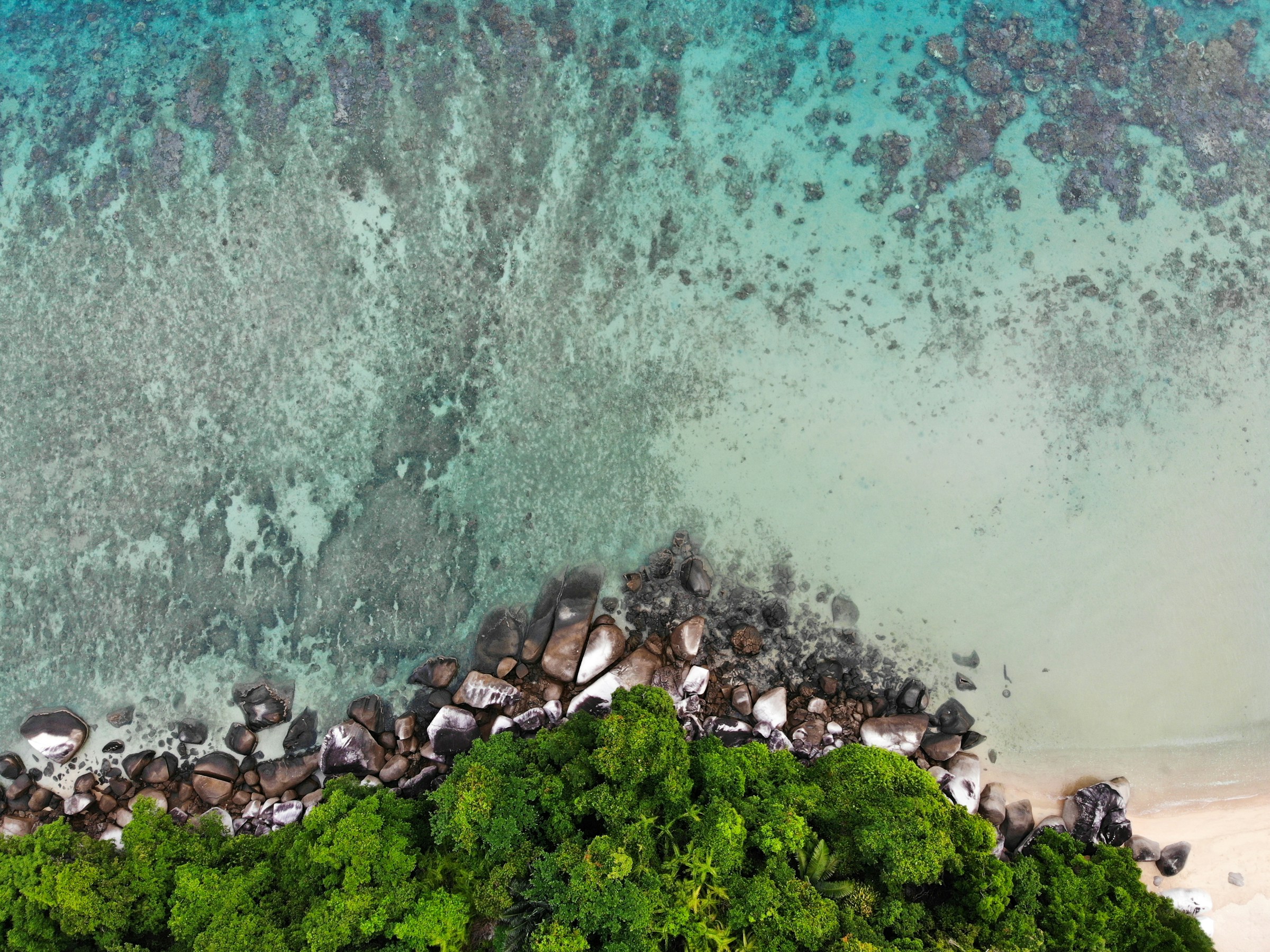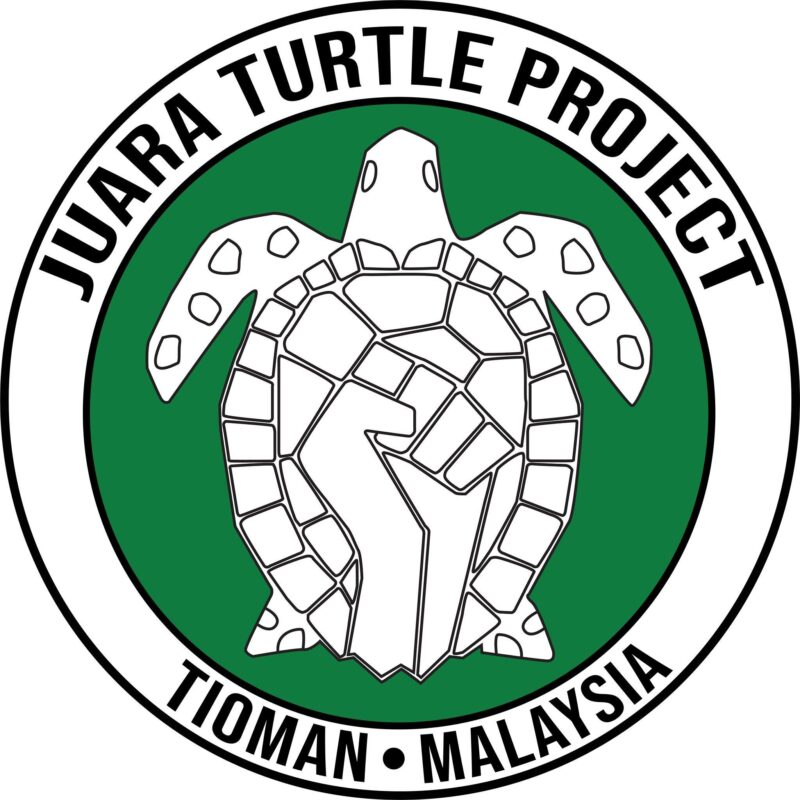About Tioman Marine Park
Approaching Tioman on your island visit, you would immediately notice its looming silhouette, the forested slopes topped by the iconic twin peaks of its 'dragon horns'. So it's no surprise that Tioman is also known as the Dragon Island, nor that it has two dragon-related origin stories.
Tioman Marine Park consists of nine marine park islands along with several islands that lie within their 2 nautical mile zone. Of these, only Tioman is inhabited. A relatively large island - the largest off the east coast of the Malaysian peninsula - Tioman had historically hosted trading ships plying the routes of the maritime Silk Road, supplying them with wood and freshwater.
Today, Tioman is still the most populated island along the east coast, proud of its extensive and resilient coral reef, as well as its intact jungle.
What does Tioman Island look like?
Tioman is a relatively tall island compared to other east coast islands. Looking vaguely like a 'thumbs up' shape, the bulk of the island is in the south, with the 'tail' of the dragon trailing north. Dominated by granite outcrops, exposed boulders lie along the Kampung Paya coastline towards the cliffs on its southern side. These cliffs are a draw for rock climbers, who visit Tioman for its via ferrata route to the southern peaks, and their incredible views of the iconic dragon horns.
The forested interior is the habitat of several protected species, as well as endemic species such as the Tioman walking catfish. Freshwater springs feed small streams that trickle to the sea through mangrove forest. Its underwater landscape is famous among scuba divers for vibrant coral reefs, among the most resilient in Malaysia to the bleaching events in recent years.
Most of its beaches lie along the eastern coast, sheltered from the open sea by its hilly interior. Juara beach is the only beach on its western coast, with coarser sand than the eastern beaches. On the other hand, only Juara has surfing waves in the off season. It is also the location of the only turtle project on Tioman.
Multiple villages are present on the many beaches of Tioman Island, giving tourists a variety of locations to choose from. Its main village, Kampung Tekek, is located at the bottom of the island's 'thumb', and has a proper ferry terminal with a nearby marina. With a few exceptions, tourism on Tioman feels like it is hosted by the village community, especially in Tekek.
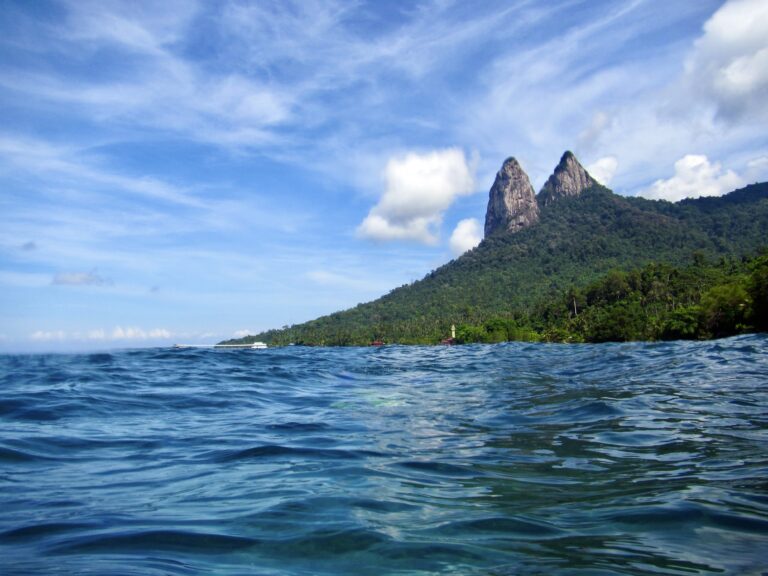
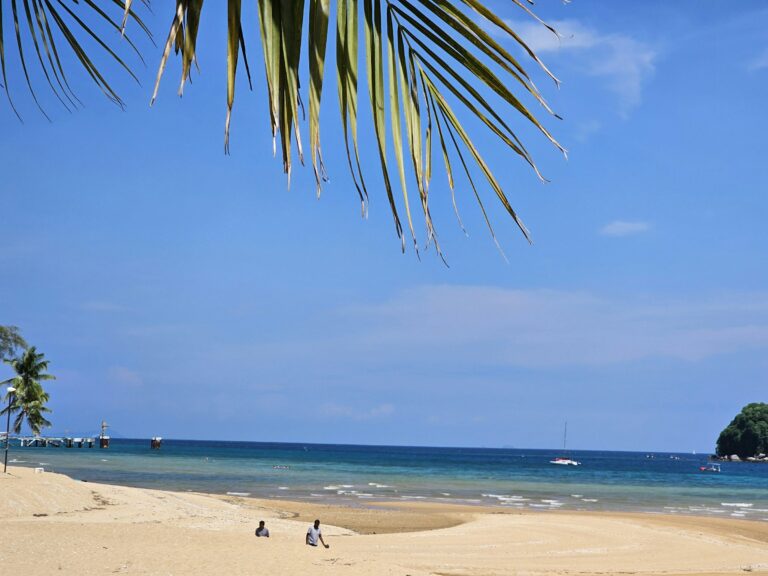
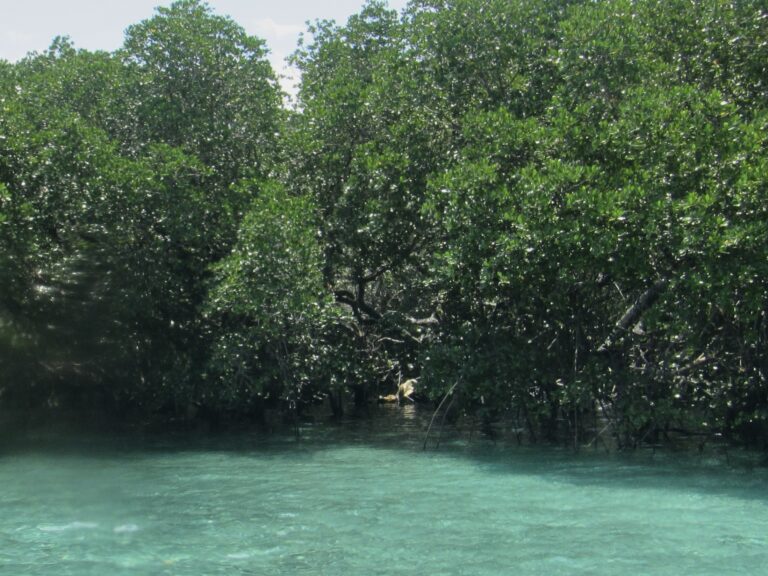
What is the weather like in Tioman?
Malaysia has an equatorial climate, with year-round uniform temperatures above 25 degrees Celcius (typically ~30 degrees Celcius) and high humidity. Daily temperature range is no more than 10 degrees, rarely coming below 20 degrees Celsius except for the highlands, requiring minimal adjustment to clothing throughout the day. Day length is consistently between 12 to 13 hours throughout the year.
Rainfall in Malaysia is frequent throughout the year, with some seasonal variation from the monsoon season changes. Tioman Island is located in the South China Sea off the east coast of the Malaysian peninsula. Thus it undergoes the same monsoon periods as islands further north along the coast and into the Gulf Thailand. The northeast monsoon brings heavy rainfall and high winds to the islands from November to February. However, Tioman's southerly location and large size mitigates the effects of the monsoon. Although most tourism businesses close in the monsoon season, Tioman can receive larger boats at its ferry terminal. So it is still possible to visit in the low season.
In the opposite southwest monsoon, the weather turns sunny and relatively dry. The skies are clearest near the peak of the season, good not only for beach activities but also for stargazing, and perfect timing for the Perseids meteor shower.

- Temperature
- Precipitation
- Rain Chance
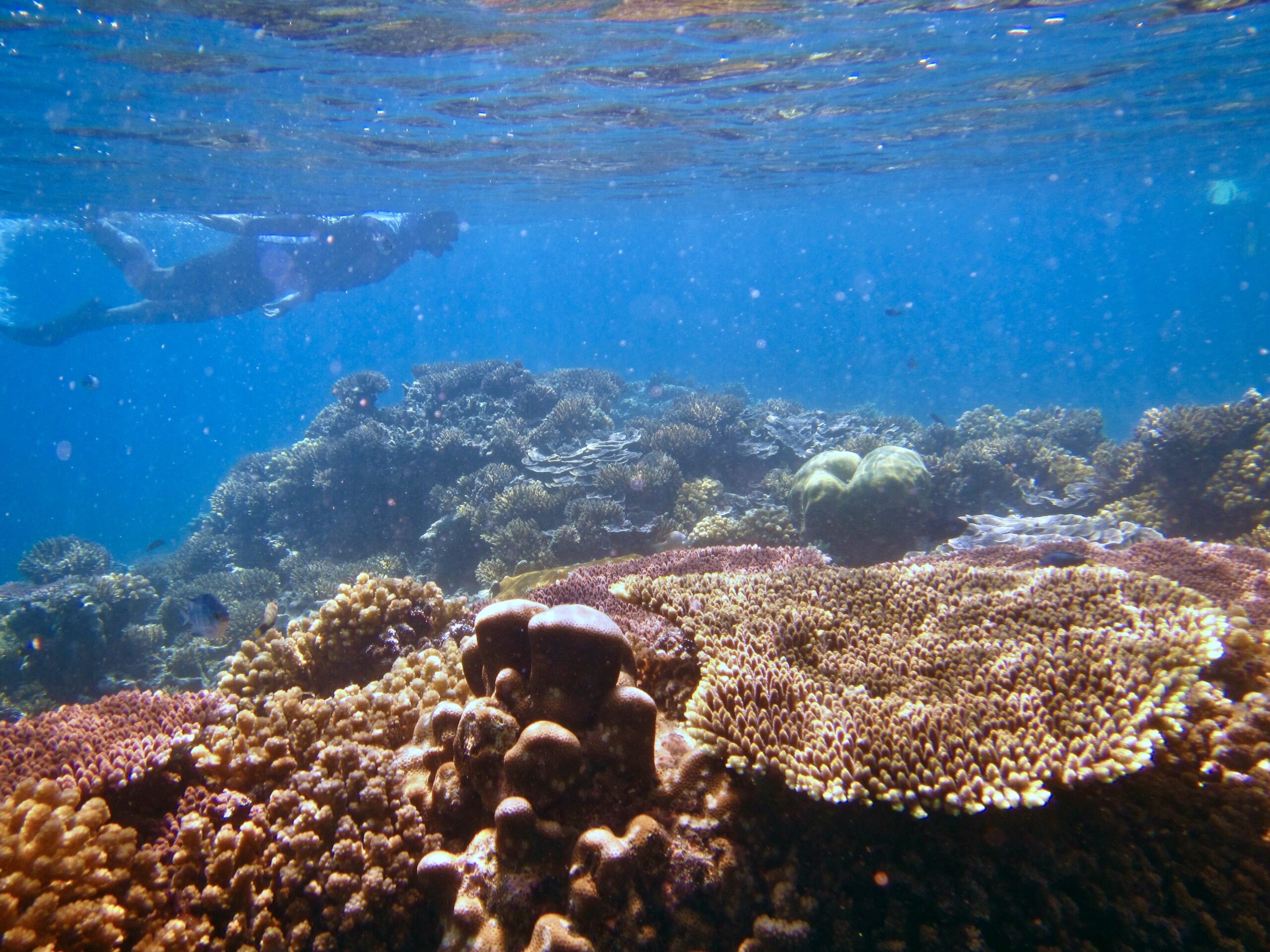
When is the best time to visit Tioman?
Most tourism businesses on Tioman open around March, which is when the monsoon begins to change. The best weather and the tourism peak season is typically between May and September. The weather begins to turn in October before the monsoon returns in November.
The best time to visit Tioman for beach weather and climbing is between May and September. However, Tioman is still interesting in the shoulder season despite the higher likelihood of rain, because it has a wider variety of activities such as jungle trekking and scuba diving.
Turtle nesting season in the Tioman is typically between March to September, though hatchlings continue to emerge to October. Juara Turtle Project accepts volunteers during this whole period. Whale shark and whale sightings are possible in the peak weather period, whereas dolphins are a fairly common encounter.
Note that Malaysian public and school holidays will also affect tourist arrivals. Malaysia is a multi-cultural country celebrating holidays according to several calendar systems. Thus, some major Malaysian holiday periods do not occur on the same months every year. It is best to consult the holiday calendar before booking your trip.
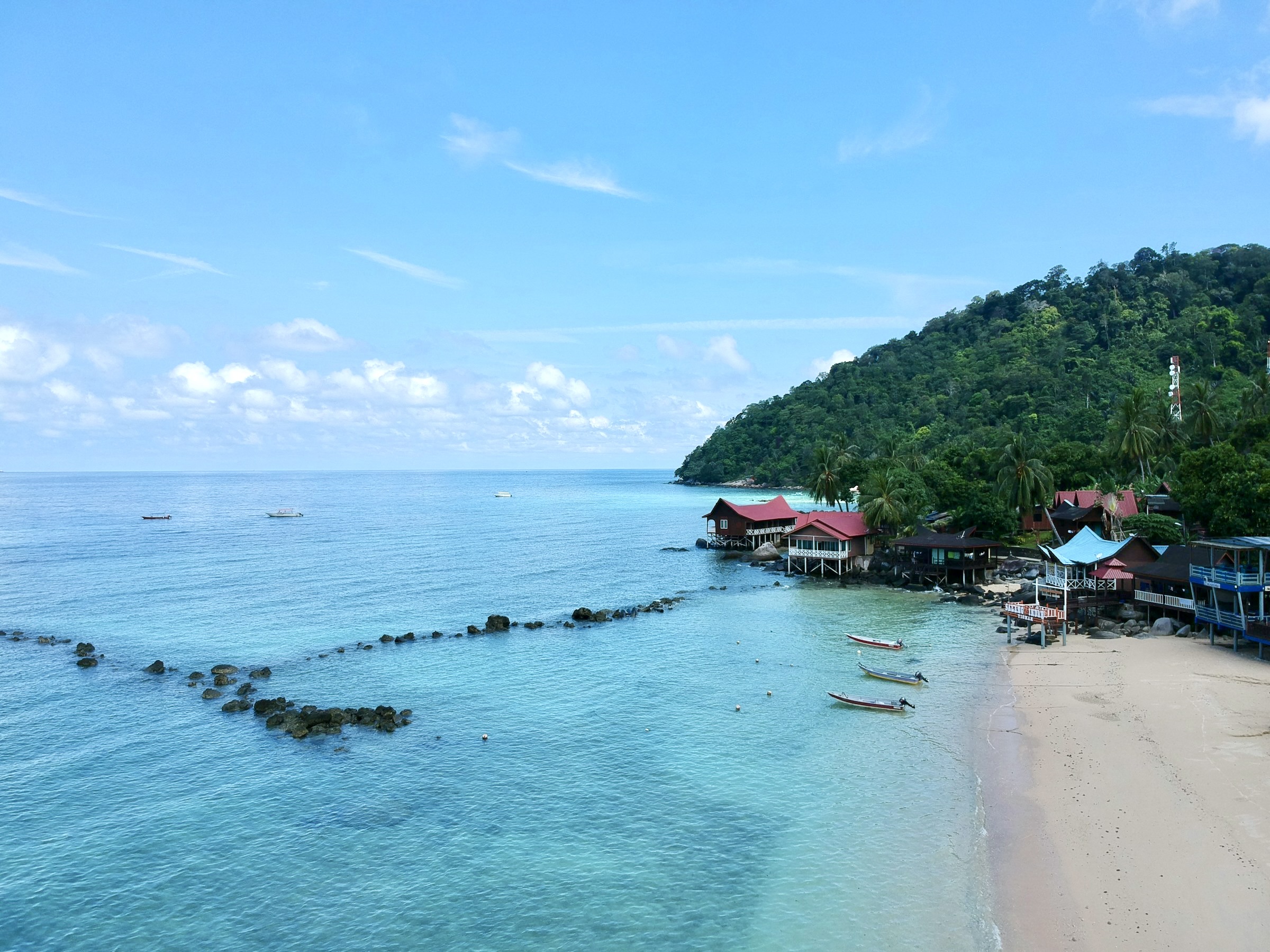
Getting to Tioman
Tioman is reached via two coastal towns, Mersing in the state of Johor and Tanjung Gemok in Pahang. Although Tioman is a Pahang island, Mersing is the more popular gateway. The two towns are about 40km apart.
Two ferry companies operate the route to Tioman: Cataferry and Bluewater. Both have ferries departing from Mersing and Tanjung Gemok. Mersing has a Harbour Centre. This is where you get the ferry tickets, and pay the Marine Park fee. However, the jetty terminal itself is across the road.
Tioman is more than 50km away from either ferry terminal. The journey time varies depending on the ferry company because of the different boat types. Cataferry takes an hour and 15 minutes to reach Tioman, whereas Bluewater takes between 2-3 hours and stop at more beaches.
There are only 2-3 ferry departures per day, with some flexibility in the timing to account for tidal conditions at the destination jetties. This is because the ferries are large and require enough draught to approach the jetties.
The fare varies between the two ferry companies. Bluewater has a consistent fare of RM60, whereas Cataferry has different class seats and dynamic fares. In addition, it is also possible to charter a speedboat from Mersing, which would be faster than the ferry. The boat fare does not include the Marine Park fee, which you can pay at a dedicated counter in the departure ferry terminal.
Mersing is not well-connected by air. The nearest airports in Johor and Pahang are Senai International Airport and Kuantan Sultan Ahmad Shah Airport, respectively. Both are a considerable distance away from Mersing, at least 140km away (Senai).
Although well-known, Tioman is not yet a top Malaysian island destination. Therefore, there is no direct bus service from the airports to Mersing or Tanjung Gemok. Hiring a taxi to Mersing from the airport is possible, though it would cost over RM200 and take 2 hours. It is also possible to contact a private transfer service, which could be cheaper.
Alternatively, you can take a taxi from Senai Airport for a much shorter distance to Johor Bharu's central bus terminal in Larkin. Buses depart from here to Mersing, and cost less than RM30.
The most practical option to get to Mersing is by bus. Additionally, it is also the most sustainable and affordable. Tioman is a popular island, and though it is not well-connected by air, there are many buses that go to Mersing from several major cities in Malaysia, including Kuala Lumpur, Melaka, and Johor Bharu. You will arrive at the Mersing bus terminal, which is only 10 minutes from the Harbour Centre.
Depending on where you began the journey, it can take anywhere from 2.5 hours (Johor Bharu-Larkin) to six hours (Kuala Lumpur) to arrive in Mersing. Traffic jams on the highways during the festive seasons may significantly lengthen the journey.
You can also easily drive to Mersing, although it can be a long drive if you're travelling from the northwest. Note that many Malaysians return to hometowns for major festivals. Highways can experience significant traffic jams in the days immediately before and after holiday periods.
Parking space options are available near Mersing Harbour Centre where you can leave your car for the duration of your trip. The fee at the largest parking area at Plaza D'Jeti fee is approximately RM15 per day.
Tioman has a marina in Kampung Tekek and is a border entry point. Therefore, you can get to Tioman by sailing to it directly. Simply report to the immigration checkpoint at Tekek.
Ensure that all entry documentation is completed as per normal requirements, such as the digital arrival card and visa applications.
Getting around in Tioman
Beaches on the eastern coast of Tioman can generally be reached from one another by hiking the coastal trail. Parts of the trail can be interesting as there are detours to local spots of interest, such as the Mother Willow Tree and sea caves.
There is also a trail between Tekek and Juara beach on the western coast. However, this is a relatively long trek as the terrain is hilly; it is not a casual pop across the island. It is more typical to go from one beach to the other via a road through the jungle, which can be arranged from your accommodations.
Speedboat hire services are available on the more popular beaches, such as Tekek and Kampung Paya. Rates vary depending on the destination.
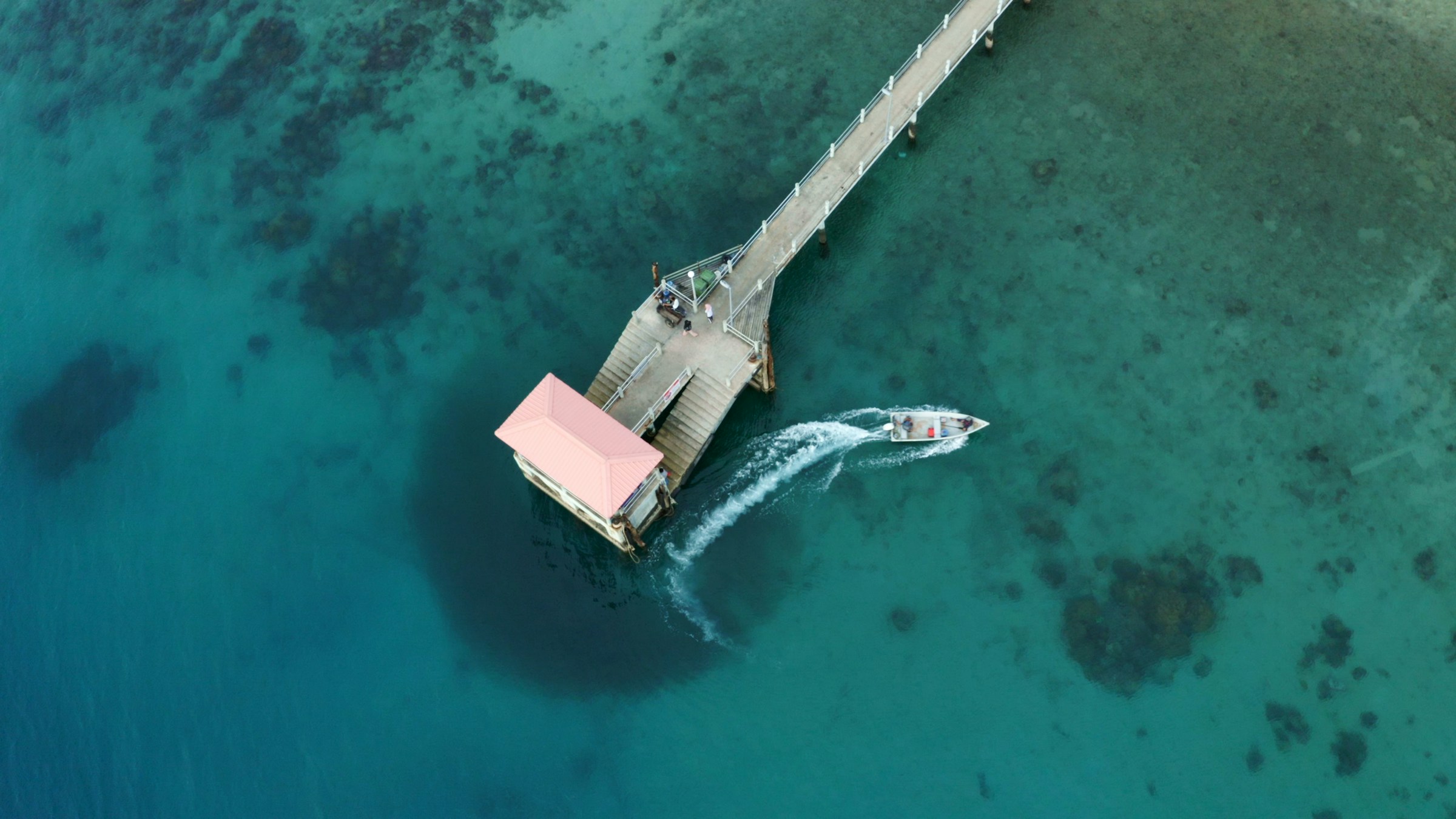
Planning a sustainable holiday in Tioman
Many resorts and other tourism businesses on Tioman are assessed against the ASEAN Green Hotel Standard. Additionally, many Tioman dive centres are Green Fins certified. Use our map to easily find them and contribute to sustainable tourism in Tioman Island.
